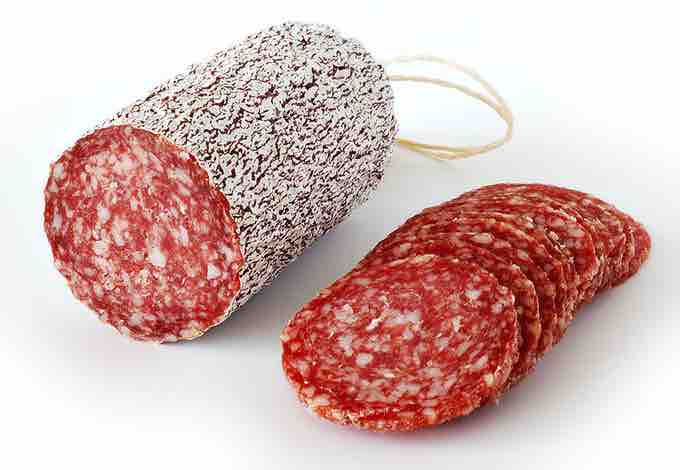Osmotic pressure is the pressure which needs to be applied to a solution to prevent the inward flow of water across a semipermeable membrane. It is also defined as the minimum pressure needed to nullify osmosis.The phenomenon of osmotic pressure arises from the tendency of a pure solvent to move through a semi-permeable membrane and into a solution containing a solute to which the membrane is impermeable. This process is of vital importance in biology as the cell's membrane is selective toward many of the solutes found in living organisms.
Osmosis causes water to flow from an area of low solute concentration to an area of high solute concentration until the two areas have an equal ratio of solute to water. Normally, the solute diffuses toward equilibrium as well; however, all cells are surrounded by a lipid bilayer cell membrane which permits the flow of water in and out of the cell but restricts the flow of solute under many circumstances. As a result, when a cell is placed in a hypotonic solution, water rushes into the membrane, increasing its volume. Eventually, the cell's membrane is enlarged such that it pushes against the cell's rigid wall. In an isotonic solution, water flows into the cell at the same rate it flows out. When a cell is placed in a hypertonic solution, water actually flows out of the cell into the surrounding solution causing the cells to shrink and lose its turgidity. Two of the most common substances used to create hypertonic environment for microorganisms and prevent them from growing are salt and sugar. They are widely applied in food preservation.
Table salt (sodium chloride) is the primary ingredient used in meat curing . Removal of water and addition of salt to meat creates a solute-rich environment where osmotic pressure draws water out of microorganisms, thereby retarding their growth. Doing this requires a concentration of salt of nearly 20%.

Salami
The original meaning of the word is: all kind of salted (meats).
Sugar is used to preserve fruits, either in syrup with fruit such as apples, pears, peaches, apricots, plums or in crystallized form where the preserved material is cooked in sugar to the point of crystallisation and the resultant product is then stored dry. The purpose of sugaring is to create an environment hostile to microbial life and prevent food spoilage. From time to time, sugaring has also been used for non-food preservation. For example, honey was used as part of the mummification process in some ancient Egyptian rites. However, the growth of molds and fungi is not suppressed as efficiently as the growth of bacteria.